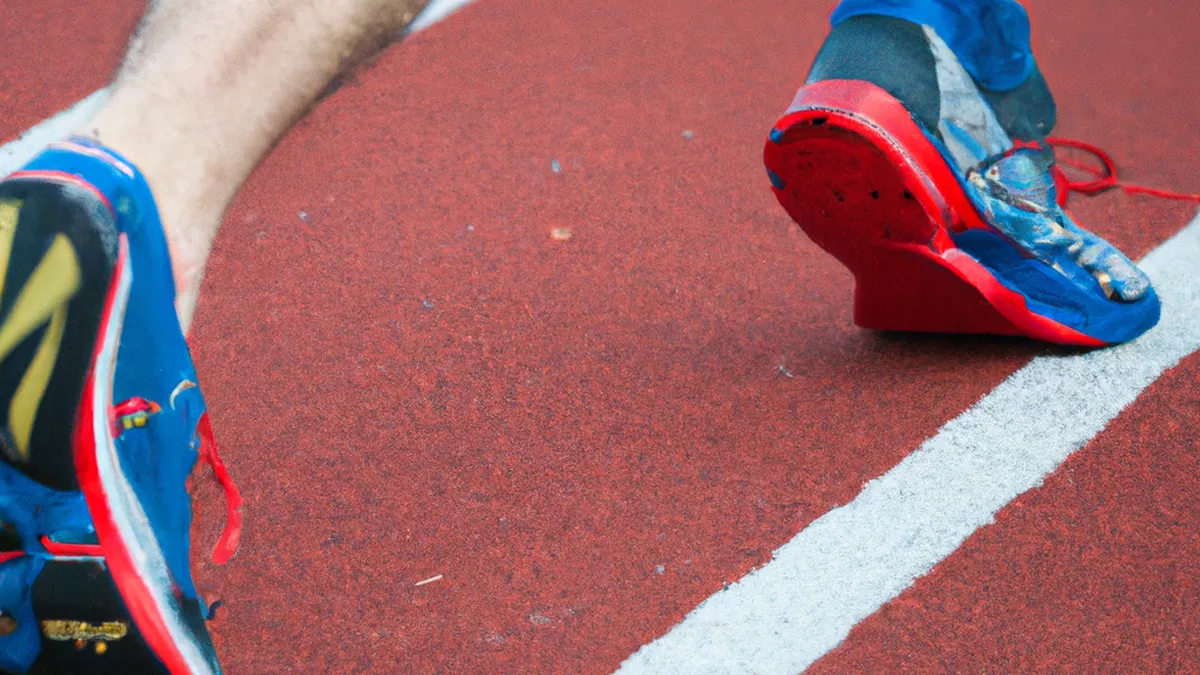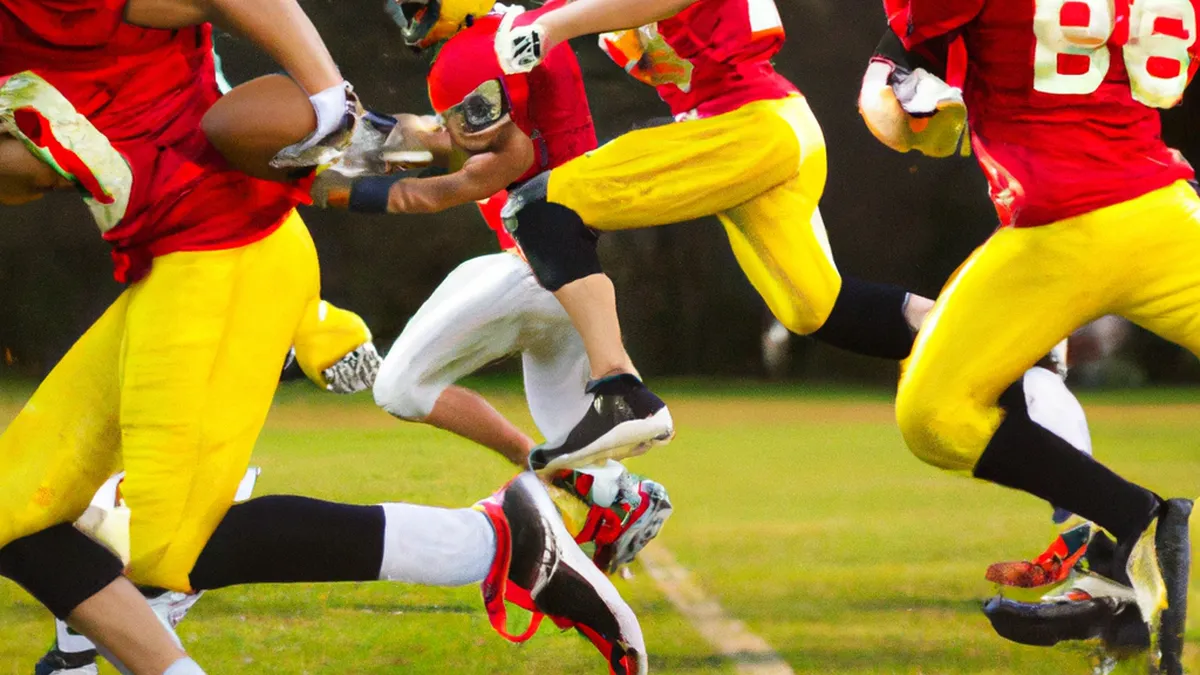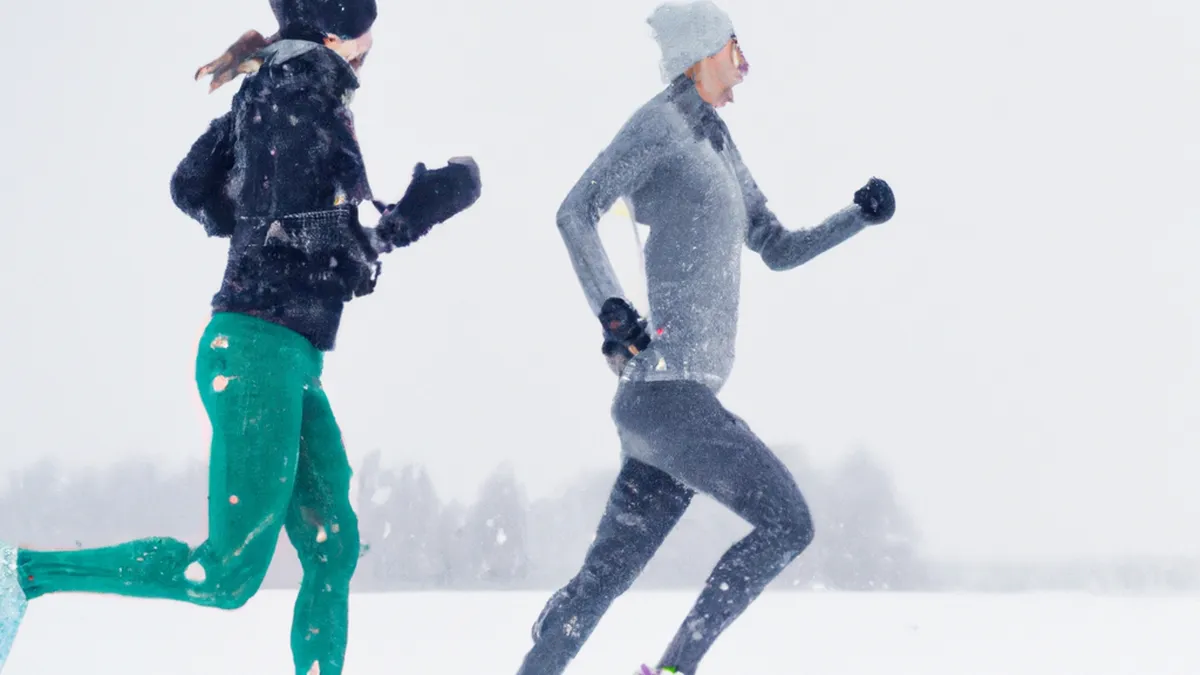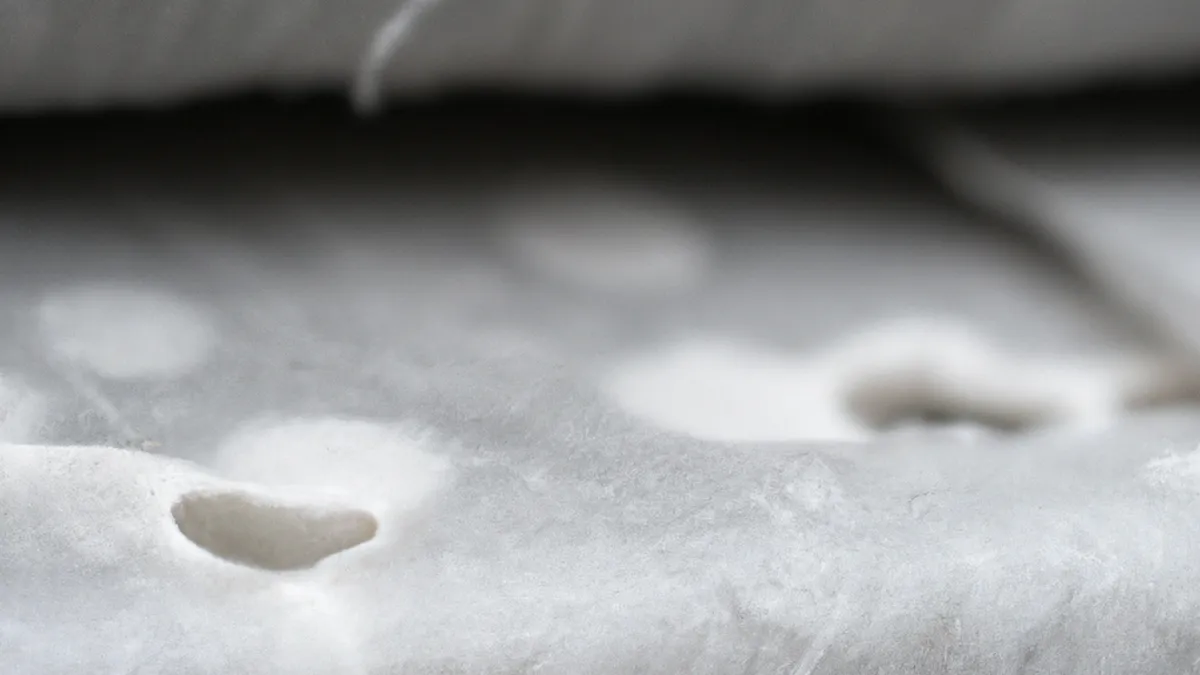Layer Up: Protect Your Skin During Workouts
Managing Skin Chafing with LayersChafing commonly affects people during activities like running, cycling, or hiking. It occurs when skin rubs against skin or clothing, causing irritation. This irritation can lead to painful blisters and raw skin, disrupting enjoyable activities. Fortunately, you can manage skin chafing with effective layering techniques and precautions. This post offers practical tips to help you prevent chafing and stay comfortable.
Understanding Skin Chafing
Friction causes skin chafing, often worsened by moisture from sweat or humidity. It can occur in various body areas, including inner thighs, underarms, and nipples. Chafing results in redness, irritation, and sometimes bleeding. Heat, sweat, and poorly fitting clothing can aggravate this issue.
Identifying Problem Areas
Start managing chafing by identifying frequent problem areas, which vary from person to person. Runners often experience chafing on inner thighs and underarms. Cyclists usually face irritation around the buttocks and groin. By pinpointing your specific areas, you can tailor your layering strategy effectively.
Choosing the Right Fabrics
As an Amazon Associate I earn from qualifying purchases.
Gear tip: consider thermal gloves, cooling towel, and microspikes to support this topic.
Select the right fabrics to start layering. This crucial step helps prevent chafing. Look for moisture-wicking materials that draw sweat away from the skin. These fabrics keep you dry and reduce friction. Synthetic materials like polyester or nylon work better than cotton, which absorbs moisture and increases chafing.
Base Layer
Your first layer should be a fitted, moisture-wicking base layer. Choose a snug-fitting shirt or shorts that sit close to your skin. Look for garments with flat or seamless seams to minimize friction points. A well-fitting base layer keeps sweat away from your skin, reducing chafing likelihood.
Second Layer
Add a second layer for extra protection against chafing. Consider wearing loose-fitting shorts over your base layer to reduce friction in sensitive areas. Runners might opt for compression shorts, which provide support and keep everything in place, minimizing chafing.
Outer Layer
Choose an appropriate outer layer based on weather and activity. Lightweight, breathable fabrics work best. In colder temperatures, wear a windbreaker that doesn’t cling to your skin. On hot days, select a loose-fitting shirt that allows airflow and ventilation.
Tips for Managing Skin Chafing
Effective layering is essential, but several additional tips can help manage chafing.
Conclusion
In summary, use proper layering techniques and fabric choices to prevent skin chafing. Stay comfortable and active by following these practical tips.
Below are related products based on this post:
FAQ
What is skin chafing?
Skin chafing is irritation that occurs when skin rubs against skin or clothing, often during activities like running, cycling, or hiking. It can lead to painful blisters and raw skin, making it uncomfortable to engage in physical activities.
How can I identify areas prone to chafing?
Identifying problem areas for chafing varies from person to person. Common areas include the inner thighs, underarms, and nipples for runners, while cyclists often experience irritation around the buttocks and groin.
What types of fabrics should I use to prevent chafing?
To prevent chafing, choose moisture-wicking fabrics that draw sweat away from the skin, such as synthetic materials like polyester or nylon. Avoid cotton, as it absorbs moisture and can increase the likelihood of chafing.















Post Comment